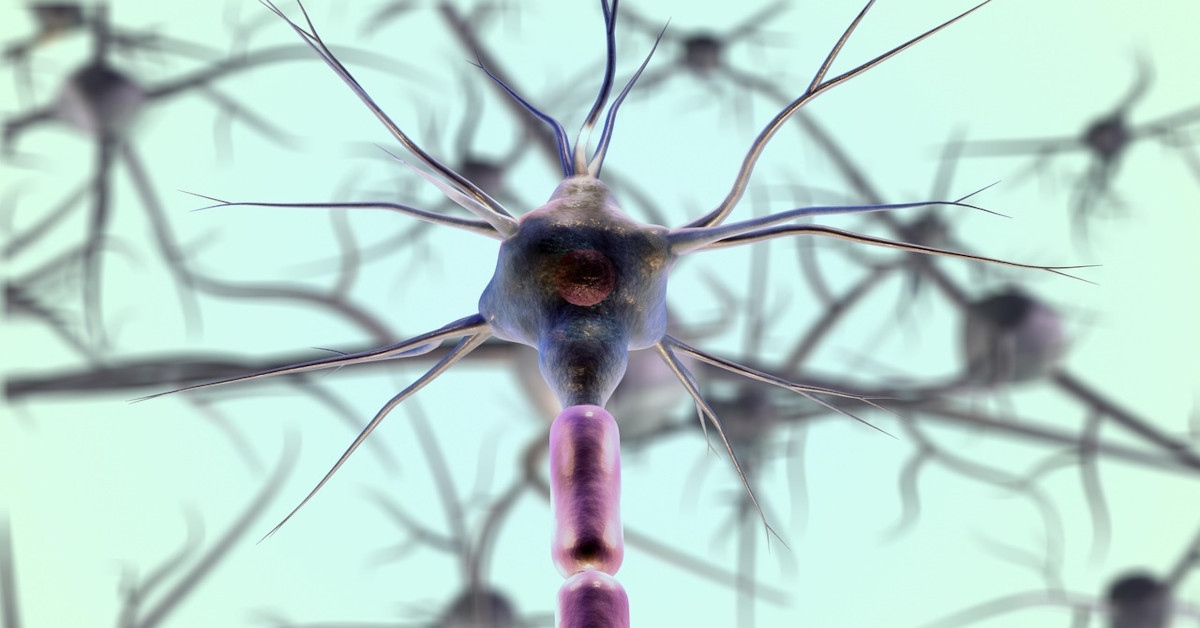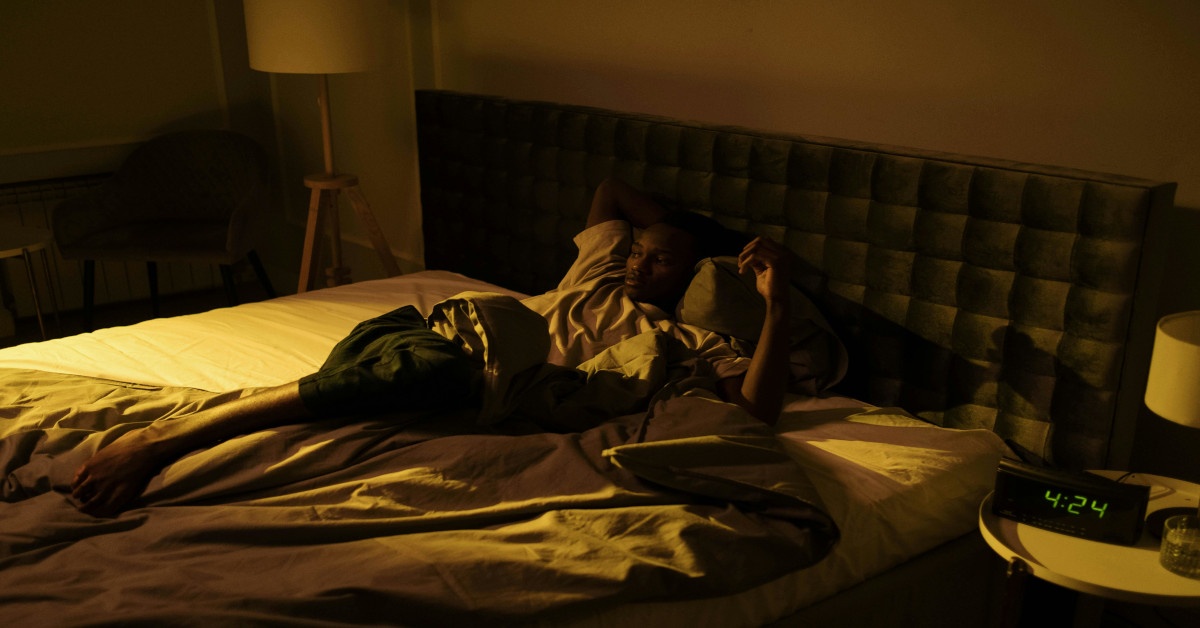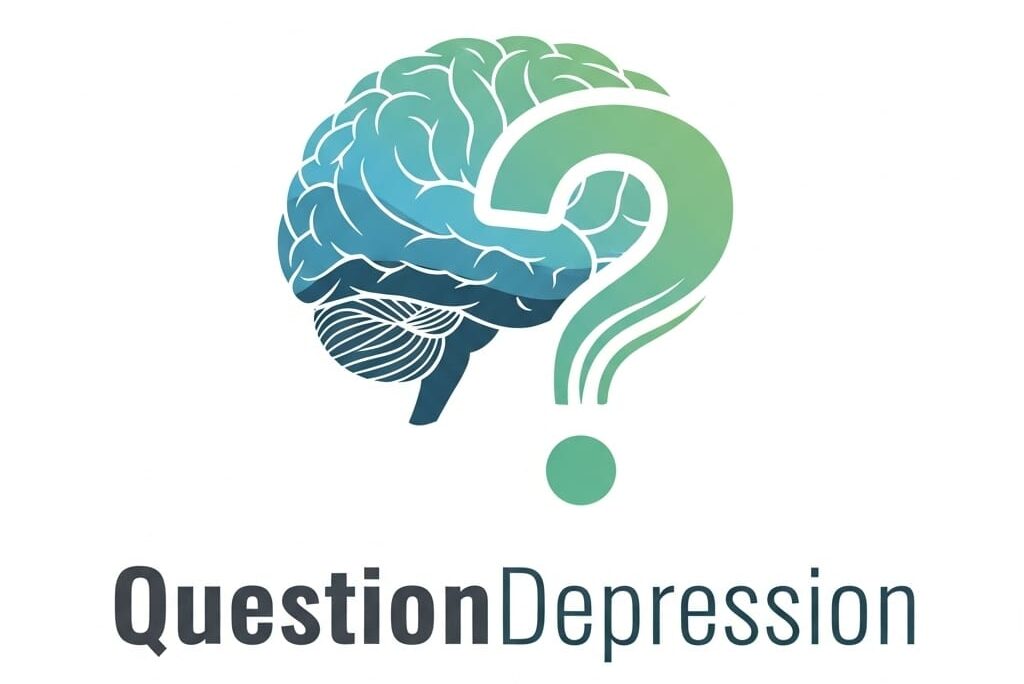Depression is not solely a neurological disorder, but it has strong neurological components.
While I believe that neurological aspects play a critical role, I first became depressed due to social and psychological difficulties escalating my genetic vulnerabilities. I needed to get my anxiety and insecurities under control while learning some essential skills to allow me to feel better again and to do well in life once more.
It’s more accurate to describe it as a multifactorial mental health disorder that involves a combination of biological, psychological, and social factors (often called the biopsychosocial model).
Neurological aspects of depression
From a neurological perspective, depression involves:
- Brain structure and function
- Neurotransmitter dysregulation

-
- However, the “chemical imbalance” theory is oversimplified. It’s more about how these systems interact and regulate mood over time.
- Neuroplasticity and BDNF
-
- Antidepressants may help by boosting BDNF levels and promoting neuroplasticity.
- Neuroinflammation
-
- Chronic inflammation may affect neurotransmission and add to depressive symptoms.
- Cognitive impairment and executive dysfunction

-
- These deficits are linked to dysfunction in the prefrontal cortex and frontostriatal circuits, which are critical for executive function.
-
- Many still show residual cognitive impairment even in remission, suggesting persistent neurological effects.
I had a lot of trouble concentrating and remembering information at my worst, and it took a long time to subside, even though I was feeling and doing better.
- Default mode network (DMN) dysregulation
-
- The default mode network is a brain network active during rest and self-referential thinking (like daydreaming or rumination).
-
- This contributes to excessive rumination.
- Altered brain connectivity
-
- Depression is increasingly seen as a network-level disorder instead of just an imbalance in a single region.
-
- The connections between the prefrontal cortex, limbic system (like the amygdala), and reward pathways are most affected.
- Reward system hypofunction (anhedonia)

-
- Depression is often marked by anhedonia, or reduced ability to experience pleasure.
-
- This links closely to dysfunction in the brain’s reward system.
- Epigenetic changes in the brain
-
- Chronic stress and depression can trigger changes in gene expression without altering the DNA sequence itself (epigenetic modifications).
-
- This may partly explain why early life trauma can have long-lasting effects on brain function and depression risk.
- Sleep architecture disruption

-
- People with depression often have altered REM sleep patterns, including:
-
-
- Decreased REM latency (faster onset of REM).
-
-
-
- Increased REM density.
-
-
-
- Broken sleep cycles.
-
I was regularly unable to fall asleep and would frequently wake up during the night when I managed to.
-
- Treatments like transcranial magnetic stimulation (TMS) and electroconvulsive therapy (ECT) work by directly modifying brain activity in areas like the dorsolateral prefrontal cortex.
-
- Their effectiveness in treatment-resistant depression is strong evidence that brain circuits play a causal role, not just a correlation.
Beyond the brain: Why it’s not just neurological
- Genetics
There’s a heritable component, but no single “depression gene.”
It’s inheritable and interacts with life experiences.
- Stress and trauma

Loss, isolation, unemployment, or childhood adversity play a major role in triggering or sustaining depression.
I started withdrawing from friends and family because of my problems, which aggravated my mood issues even more.
Conclusion
While depression has a clear neurological basis, calling it purely a neurological disorder would miss the full picture.
It’s a complex disorder where the brain, body, and environment interact with each other.
Join our forum and Facebook
Please consider joining our forum and Facebook if you enjoyed reading this and would like to chat with like-minded peers about anything depression related.
It would certainly go a long way toward making my dream of creating a thriving, supportive community a reality!

